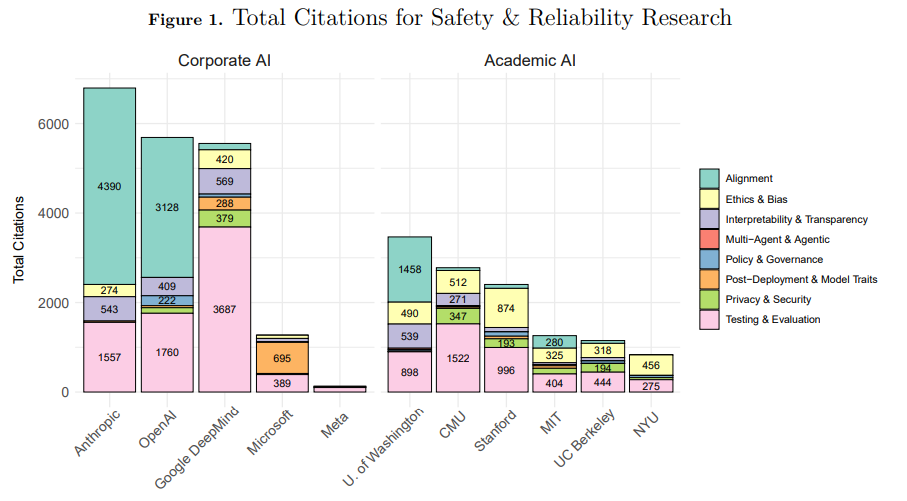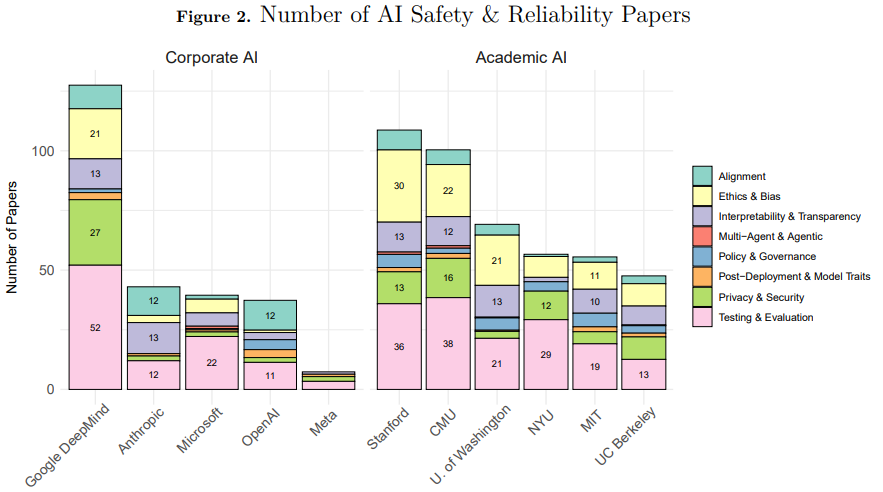
by Ilan Strauss, Isobel Moure, Tim O’Reilly, and Sruly Rosenblat
AI is growing fast. But how do we govern it well?
In “Real-World Gaps in AI Governance Research,” researchers from Stanford and partners examined over 800 papers on AI governance.
They found something important: what academics study and what industry needs don’t always match.
Academia focuses on design problems like bias in training data. But industry worries more about deployment problems, misuse, fraud, misinformation.
The paper calls for better communication and research that solves real-world challenges.
💡 5 Key Takeaways for Leaders
1️⃣ Mind the Gap
Academia and industry focus on different AI risks.
2️⃣ Design vs. Deployment
Scholars study design-stage issues. Companies face deployment-stage challenges.
3️⃣ Real-World Impact Matters
Research must solve actual problems like fraud and misinformation.
4️⃣ Collaboration is Essential
Universities and industry need to talk—and work—together.
5️⃣ Bridge Theory and Practice
Future research should connect ideas with real-world use.

A Framework for Responsible AI Governance
This study reminds us: AI governance can’t stay in the lab.
We need practical, ethical, and human-centered approaches. Solutions must work in the real world.
At SVCH (Silicon Valley Certification Hub), we help leaders, researchers, and teams design responsible AI strategies.
Our certifications give you clear, ethical, and future-ready tools to manage AI risks and create real impact.
Whether you’re in academia, industry, or government, this paper is essential reading. And SVCH’s programs will help you turn these insights into action.
🔗 Read the Full Paper: Real-World Gaps in AI Governance Research (PDF)
#AI #Governance #Stanford #AIEthics #ResponsibleAI #SVCH #FutureOfWork #DigitalTransformation #Collaboration #AIpolicy



0 Comments